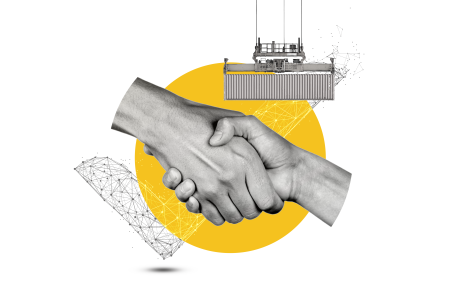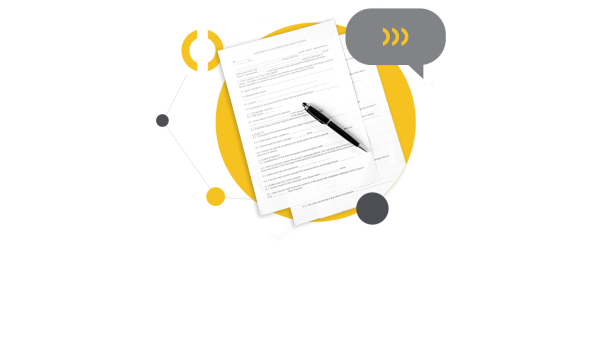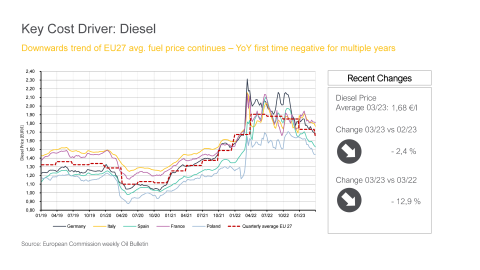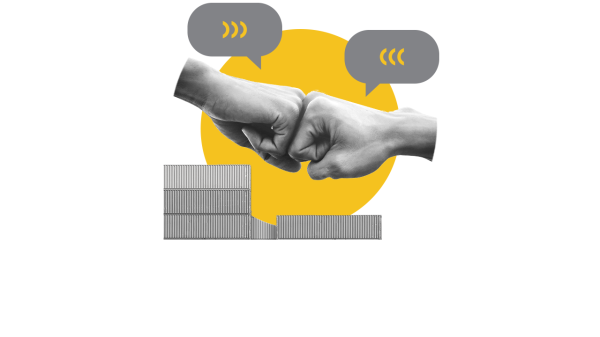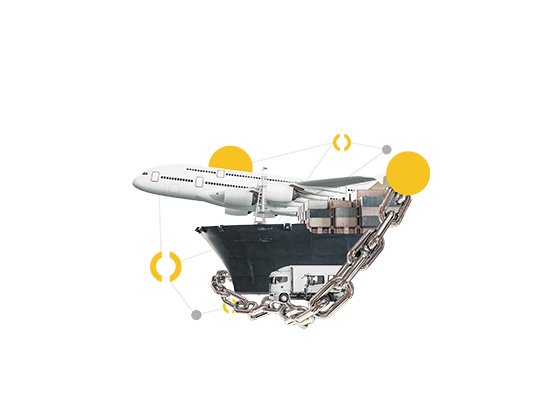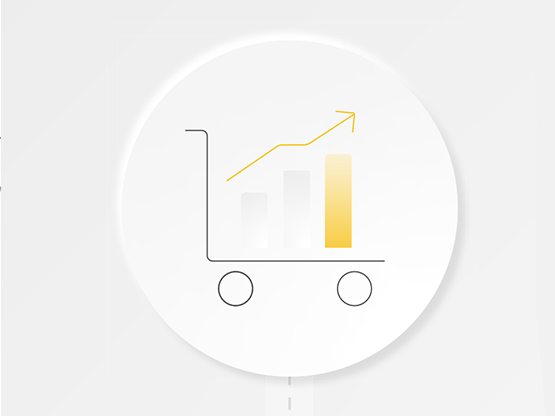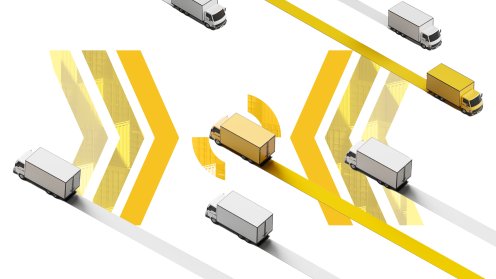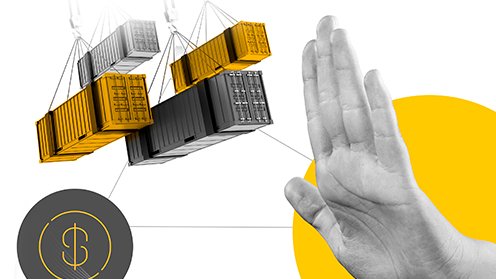Here’s how to create a solid communication strategy:
Timeline
Establish a clear timeline for communication throughout the tender process.
Pre-tender: Start by initiating contact with carriers before the tender to introduce your organisation and establish a relationship.
During tender: Regular and timely communication should continue during the tender period to address queries, provide clarifications, and share updates.
Post-tender: good communication is crucial for finalizing contracts, discussing terms.
Communication Methods
Use a combination of communication methods to effectively engage with carriers. This can include emails, phone calls, personal meetings, webinars, and question rounds. Choose the methods that best suit the nature of the communication and the preferences of both parties.
When developing your communication strategy, always keep in mind a defined Code of Conduct, this means being respectful, friendly and fair.
Communication matrix
By implementing a well-designed communication matrix, you can streamline communication processes, enhance transparency, and improve collaboration across all relevant parties.
- Contact Information: include the names, roles, responsibilities, phone numbers, email addresses, and other relevant contact details of all individuals involved in the communication process.
- Responsibilities: clearly define the responsibilities of each contact person within the communication matrix. This ensures that everyone knows their role and understands who to reach out to, for specific inquiries or escalations.
- Escalation Information: identify the escalation process and provide details on who should be contacted in case of urgent matters or unresolved issues.
- Targets and objectives: specify the targets and objectives of the communication matrix. This may include involving all relevant contact persons, ensuring transparency of contact data, and simplifying data management and information flows.
- Data management: use a dedicated platform, such as Transporeon, to organise, update and share information regularly.
- Information flows: identify key communication channels and methods to be used for different types of information sharing. This can include email, phone calls, meetings, or project management tools. Again, our Transportation Mangement Platform can help.
- Regular Updates: schedule regular reviews and updates of the communication matrix to reflect any changes in contact information, responsibilities, or escalation processes.
Relationship management
- Get to know relevant contacts with your carriers
- Set up regular (personal) meetings
- Make sure you understand your carrier’s need: conduct a personal analysis, evaluate their potential as long-term partners and get a feeling for the people/culture/behaviour
